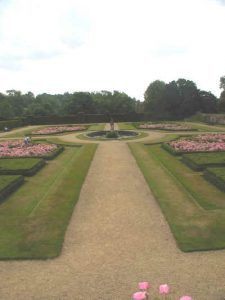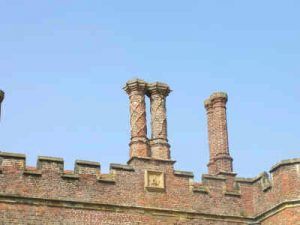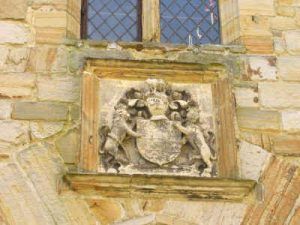Tudor manor houses were for the wealthy of Tudor England. Tudor manor houses could be extremely large, such as Hampton Court, or relatively small such as the Tudor section of Penshurst Place, Kent. Many Tudor manor houses originated in earlier periods of English history and were built on so that the finished building had a combination of building styles to it. However, the purpose of a manor house was as it had been in Medieval England – to firstly live in comfort, but also to show to other nobles your wealth and therefore your social status.
A manor house was a very visible show of a person’s wealth. As in earlier times in English history, the owners of such manor houses were always on the lookout to out-do a wealthy neighbour. One-upmanship was very much a part of the life of Tudor England’s elite. For the very wealthy, such as Cardinal Wolsey, this was easy – though his flaunting of his vast wealth was to bring undue attention from Henry VIII. For the rich who did not have access to Wolsey’s wealth, displays of grandeur had to be more restrained as a fall from grace could be a quick as a rise to political/economic prominence.
One way of impressing someone from the same social class was to have a well planned and laid out garden. While such gardens existed in Medieval England, there was a particular rise in such gardens in Tudor England. They were very much a statement of who you were.
 |
The gardens in the above photo are at Penshurst Place, Kent. They would have been very visible to all visitors and well maintained. Records indicate that Penshurst had formal gardens in the Fourteenth Century but at the beginning of the reign of Elizabeth I, the owner, Sir Henry Sidney, decided that his status required something much better – hence the creation of a 360 feet by 300 feet formal garden.
The more spectacular the manor looked, the more happy the owner was.
 |
What were simple functional parts of the building, now became highly pattered and ostentatious – as the chimneys above show. Buildings that were clearly for living in, still livened up their appearance by the placing of battlements around the tops of walls. Family crests were placed where they could be seen by visitors – again in a statement of ownership.
 |
Despite the problems faced by England during the civil war of the Seventeenth Century, the destruction of manor houses was rare. Hence why England has numerous examples of Tudor manor houses which have survived.